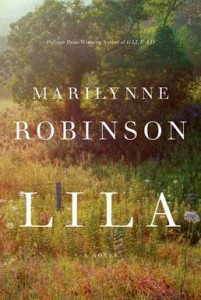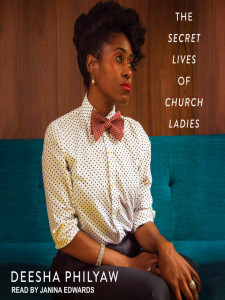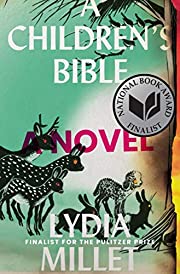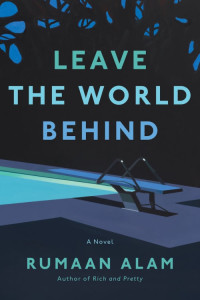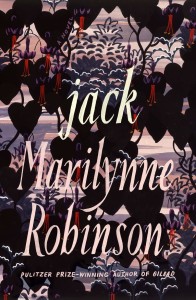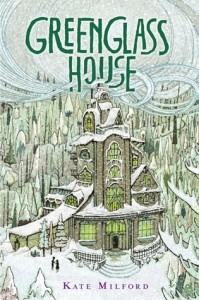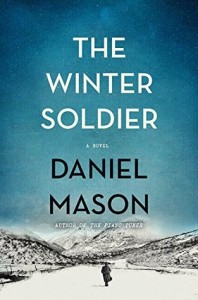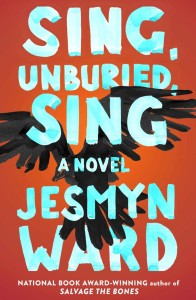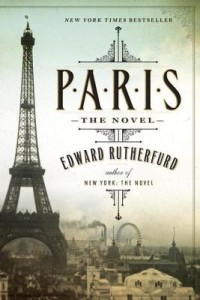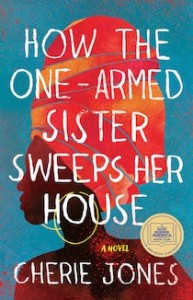This third book in Robinson’s Gilead quartet was the only one I hadn’t read. Written from Lila’s point of view, we finally learn about this rather mysterious wife of John Ames, mother of his small son.
In Gilead we see her through Ames’s eyes: a reserved young woman who showed up in his church one day as he, already old, was preaching. To Ames, she is evidence of God’s grace, an unexpected and undeserved gift that brings joy to his lonely life. However, he frets about what will happen to her after his death. Not expecting to have a family to provide for, he had not saved from his meager salary, but rather given it away to those in need. Now there is not time to gather sufficient funds to leave her.
In Home it is Glory, daughter of Ames’s great friend Boughton, who provides a different perspective on the characters in the first book. She has returned to Gilead to care for her elderly father who is nearing the end of his life, when Jack, her ne’er-do-well brother arrives unexpectedly. Lila’s brief appearances show her as quiet and competent, sometimes coming up with just the right words to ease a testy confrontation between Jack and his father.
Here we finally get Lila’s story in her own words, seeing quickly that she far from the calm woman we have come to know. Instead, she is fiercely independent, mistrustful of others, and sometimes surprising to herself. All her life she has been an outcast, a wanderer, so she can hardly believe in the tentative relationship with Ames that springs up. Always ready to take off, always waiting for him to be disgusted with her, she is like a bird perched on a twig, alert and quivering. We see Ames trying to make her feel secure and loved without tying her down or impinging on her independence. He makes no demand on her, not even for her to disclose her secrets.
What is masterful in this book is the way Lila’s past, which we are so hungry for, is hinted at and artfully revealed just as we need to know each part if we are to understand why Lila behaves and feels as she does.
Her wandering starts when as a small child she is shut out of a cabin on a cold night by its inhabitants, none of whom seem to be her parents. She is rescued by a woman she calls Doll who, returning to the cabin, has finally had enough of the violent neglect visited upon the child. Wrapping Lila in a shawl, Doll takes her, thus beginning their lives as homeless wanderers, Doll working odd jobs here and there, always staying on the move. The two are inseparable, with Doll doling out fierce wisdom to Lila in snippets. Eventually they join up with another group of travelers, but even then it is still always the two of them, wrapped in the shawl, whispering together.
As in the other novels, Lila wrestles with spiritual questions, wondering if a baptism can be washed off, worrying that those she loves who have not been saved will be damned for eternity. She is uneasy in her new life as a preacher’s wife but strangely comforted by this elderly man. It is not the material safety he offers that matters to her, so much as a mysterious safety of the soul.
I found myself drawn to Lila more than to any other character. She carries the trauma of her early years in her mistrust of others, saying, “That was loneliness. When you’re scalded, touch hurts, it makes no difference if it’s kindly meant.” She grasps the self she has forged just as she holds tightly to Doll’s knife, wrapped in wisdom passed on to her by that strong woman. She resists change, wondering who she would be if she is no longer herself.
It is a question worth pondering in this year of unexpected changes, when many of us have discovered new rooms in the house of the self.
Which is your favorite novel in the Gilead quartet? Who is the character most interesting to you?
